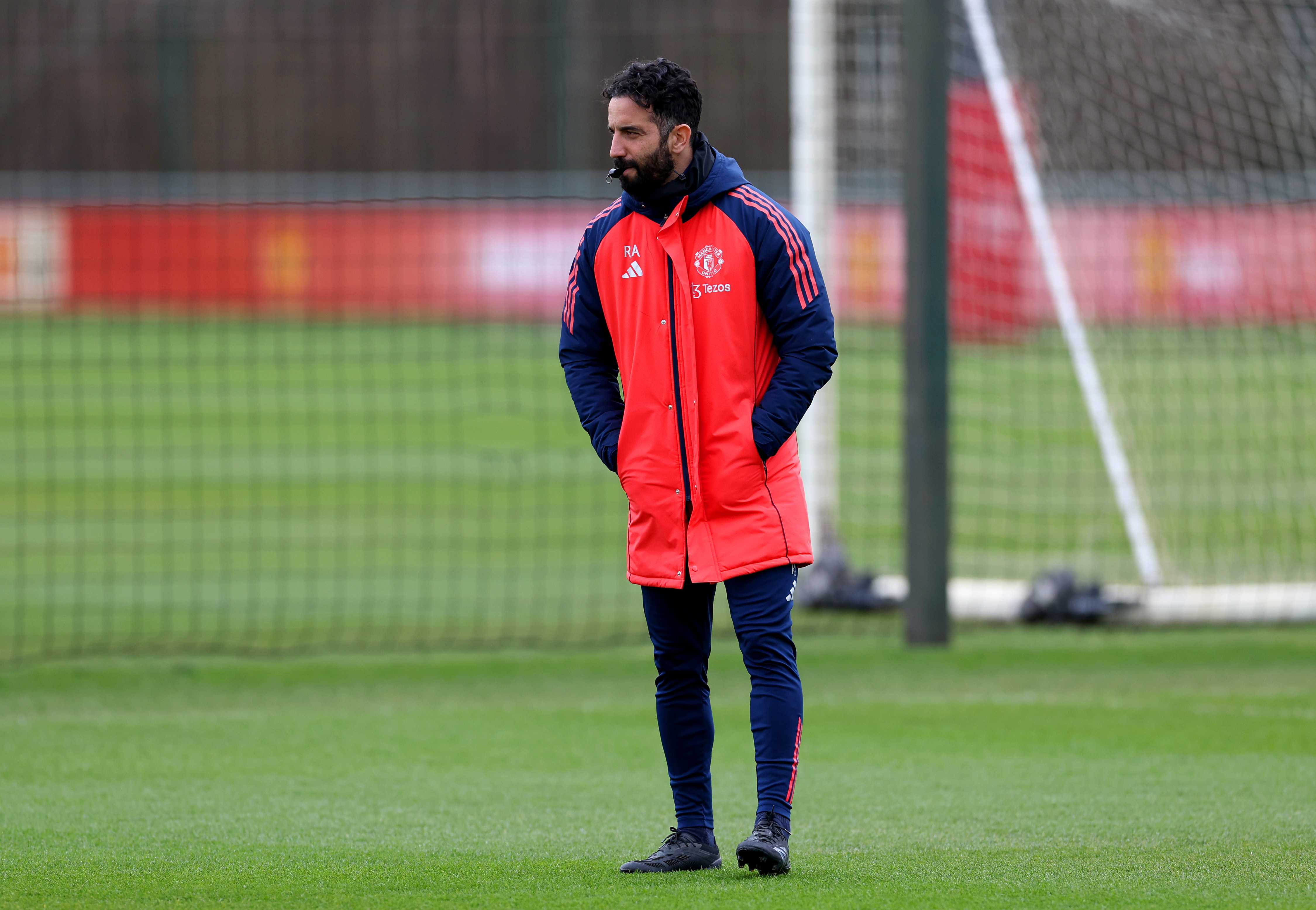Why Ozil was always destined to become the top flight's most productive playmaker
The German has been recording some superb assist and chance creation statistics this season, but Thore Haugstad explains why such form has been a long time in the making...
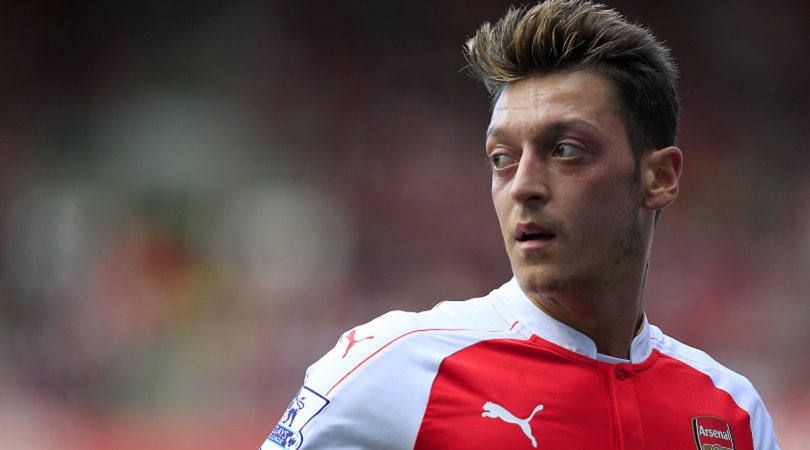
Amid the recent avalanche of Mesut Ozil statistics, it’s easy to forget that there was doubt about his value just a few months ago. In August, Arsene Wenger was asked whether he regretted spending £42.5 million on the former Real Madrid man. “No, it was not a mistake to sign him,” he said. “You come with me for a week in training and watch him play and you will never think I made a mistake.”
Ozil polarises opinion because the subtlety of his game makes it so complex to assess
The fact that the German playmaker is being hailed as one of the players of the season suggests a significant improvement on his first two years in London. Let’s get a few figures out of the way first: Ozil has 10 assists in the Premier League, twice as many as anybody else. He has created 54 chances, again more than any other player. Since arriving from Real Madrid in September 2013, he has recorded one assist per 2.46 games, the best ratio in Premier League history.
Whether such numbers are proportional to the value of his overall contribution is more questionable. Ozil polarises opinion because the subtlety of his game makes it so complex to assess. Before he became king of stats, some analysts argued that much of his input was tricky to quantify. One example of this contradiction came at the end of the 2013/14 season – in which Ozil was often criticised – when the official Premier League site published a statistical breakdown that identified him as the most productive passer of the campaign.
The truth may lie somewhere in between: Ozil leaves a haze of discreet runs and understated passes whose value can only be partly measured, which perhaps indicates that his re-emergence has been more gradual than the hike in assists would seem to suggest.
Wide of the mark
The backdrop for the revival came in 2013/14, when Ozil started well before fading after Christmas. Arsenal suffered a series of heavy defeats, including a memorable 6-3 reverse at Manchester City, where Ozil created a goal but did little else, and a 5-1 loss at Liverpool, where he made two errors that led directly to goals (see yellow markers on Stats Zone screens below). He ended the league season with five goals, nine assists and question marks about his big-game mentality.
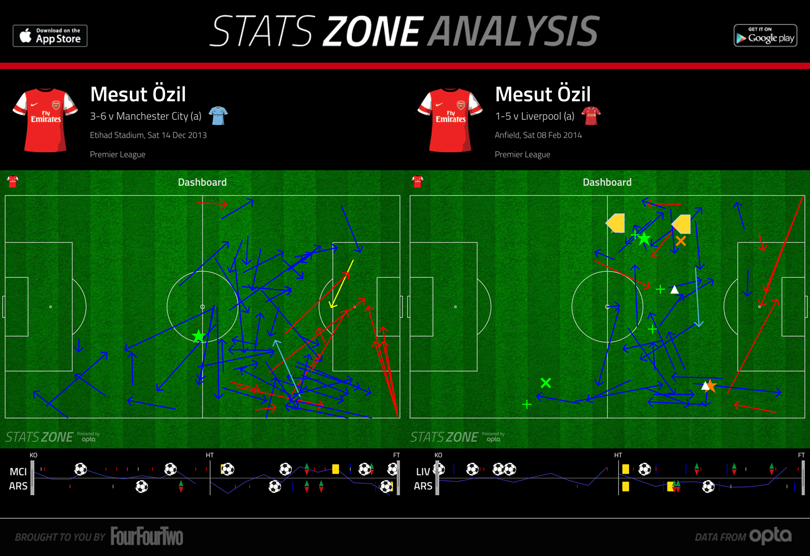
When Ozil returned from winning the World Cup in Brazil, Wenger’s 4-1-4-1 system forced him to play out on the left, which contributed to criticism and a loss of form. He appeared to offer little going forward, while dynamic right-backs – such as Seamus Coleman, who created the opening goal in the 2-2 draw at Everton – exploiting his aversion to defensive work.
Get FourFourTwo Newsletter
The best features, fun and footballing quizzes, straight to your inbox every week.
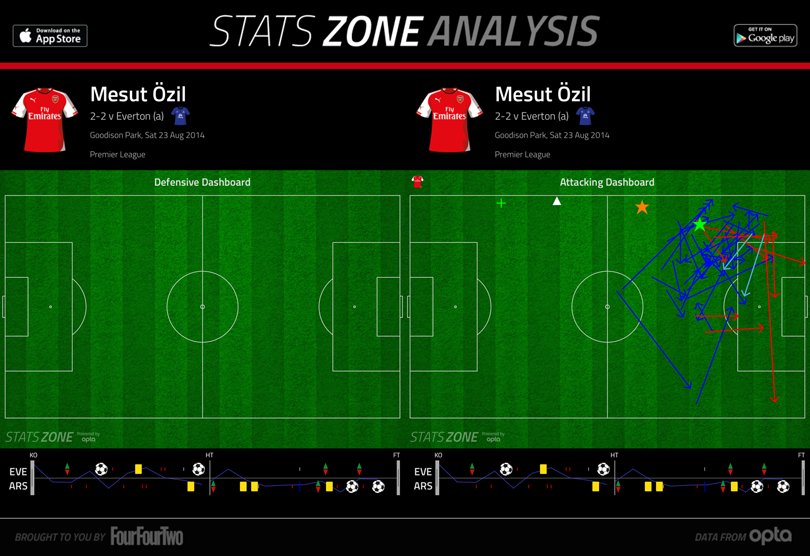
At that time Ozil reminded his critics that he was at his best when deployed centrally. One counter-argument was that he tended to drift inside from the flank anyway, which rather missed the point: his game is all about moving out wide from central areas, not the other way around. At Aston Villa, he was finally played in his best position; Arsenal found themselves 3-0 up inside 36 minutes, with Ozil assisting one and scoring another. Not for the first time, his tendency to drift wide was evident.
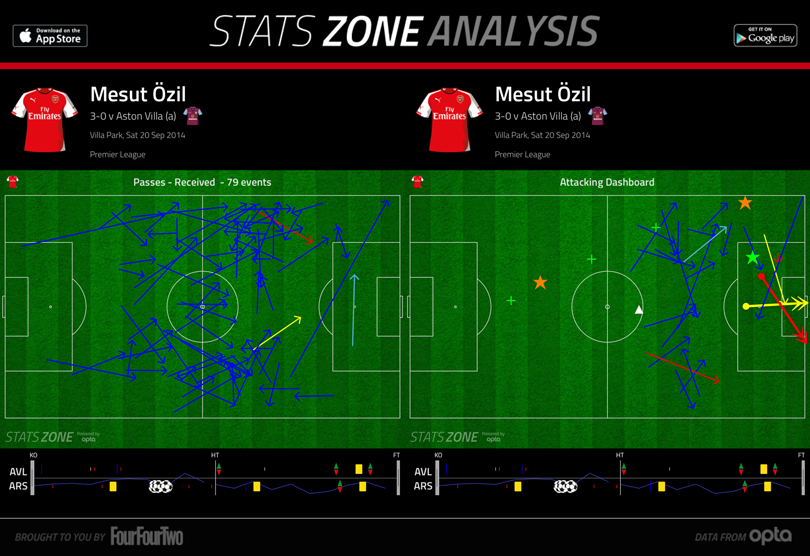
Hitting the gym
It emerged that Ozil had covered more ground than any other player in the league over the last two months
Unfortunately for Ozil, Wenger soon shifted him back to the left flank. Then injury struck; in a defeat at Chelsea, Ozil damaged his knee and was ruled out for three months. When he returned in January, Arsenal had beaten City 2-0 away using their 4-1-4-1 formation. Some wondered whether he’d even get back into the team.
But Ozil had spent his time on the sidelines wisely. Besides recovering, he had built up his fitness and his upper-body strength. “He has worked hard, I think he has taken to the fact that he wants to be stronger,” Wenger said. “You have more time to focus on it. Every day he is in the gym and he can work on it, and you don’t have the fatigue of the games. And it’s better when you look in the mirror...”
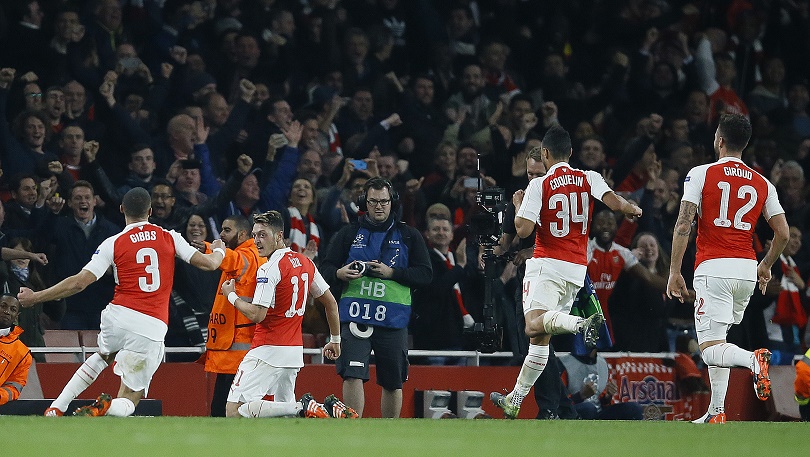
That extra training was not enough to prevent some harsh reviews when Arsenal lost to Monaco in the Champions League last 16. But in mid-March, it emerged that Ozil had covered more ground than any other player in the league over the last two months. Moreover Sky Sports reported that, since Christmas, his number of sprints per game had increased from 39.7 to 62.5, compared to the corresponding period in 2013/14. The hard work was paying off.
Auspicious signs
A couple of further elucidations completed the puzzle. Ozil said he had been exhausted after the World Cup and admitted to having struggled with the physicality of the Premier League. Even when he had recovered fully from injury, he continued doing extra muscular work. “I worked on my upper body as well as paying attention to my nutrition,” he said in March. “I underwent treatment to get myself fit as soon as possible and to prevent the injury from returning. I’m on a good path now.”
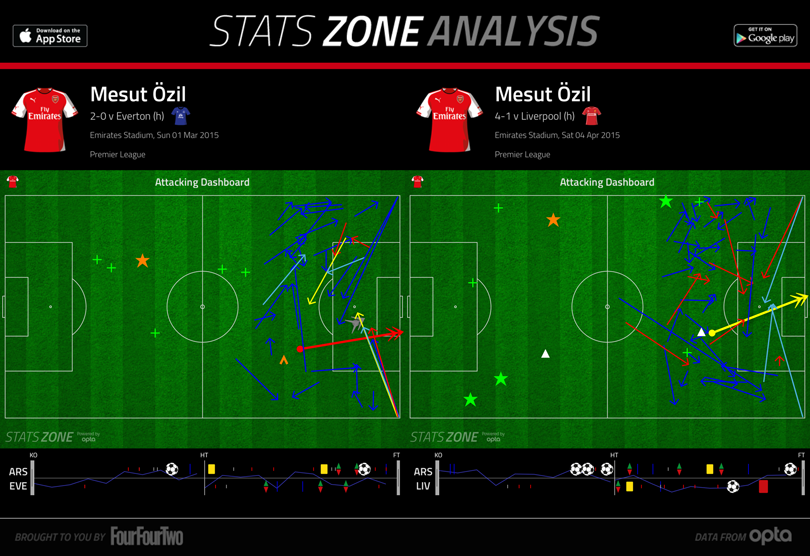
With Wenger reverting to a 4-2-3-1 configuration, Ozil shone in his best position as Arsenal won nine straight games on the back of the Monaco debacle. They came third in the league and retained the FA Cup. And yet statistically, the season had in some ways been Ozil’s worst at Arsenal. He recorded just four goals and five assists in the league, a poor tally despite the injury.
But below the numbers, the level of his game had improved since February. “In the second part of last season we saw the intelligence of his passing, the fact that he added some steel to his game that was needed, certainly in the Premier League,” Wenger said this August. The Frenchman had seen it coming. Ozil’s assists may finally be materialising, but his form has long been in the making.
RECOMMENDED
- 8 signs that Mesut Ozil has finally become the king playmaker Arsenal need
- Arsenal-scouted Jorginho shining without Benitez at Napoli – and now he's a target
- Michael Cox: How Arsenal failed to get a grip in midfield against Spurs
